Fikkshun! (now with proper sequences.)
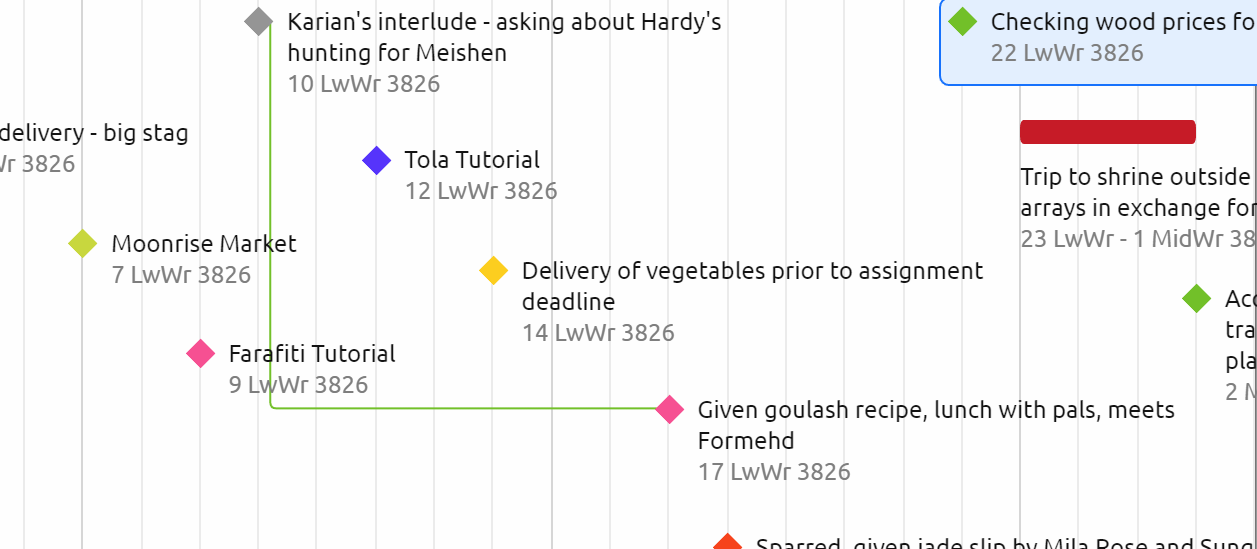
I have finally clawed back a little free - really free - time, had some sunny days, been able to sit out in the garden and also chill on the sofa!
This is why there's new PF pages up, and also new amendments to some other details on the Maps & Refs page.
I have also finally found time and interest enough to try out a programme I downloaded months ago and never actually opened up to play with. Aeon Timeline is a paid-for piece of software (one-off purchase for lifetime license, UK cost is about £48. After the first year, any additional year of updates requires purchasing) but it has a 14-day free trial that I never hit the switch on.
Until now!
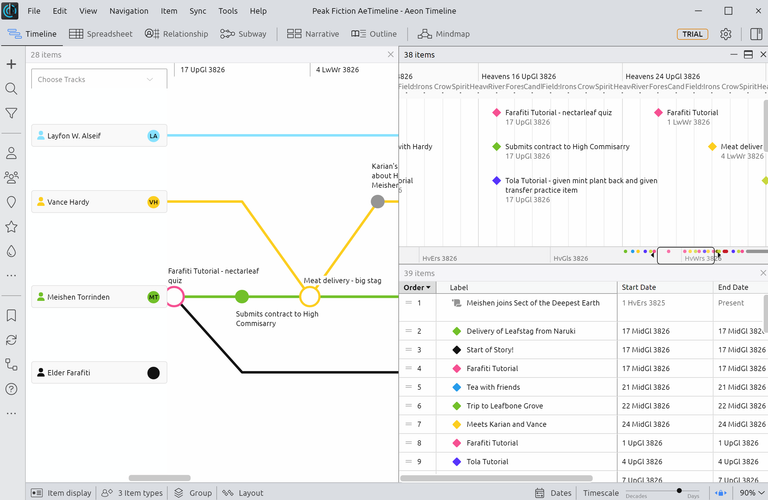
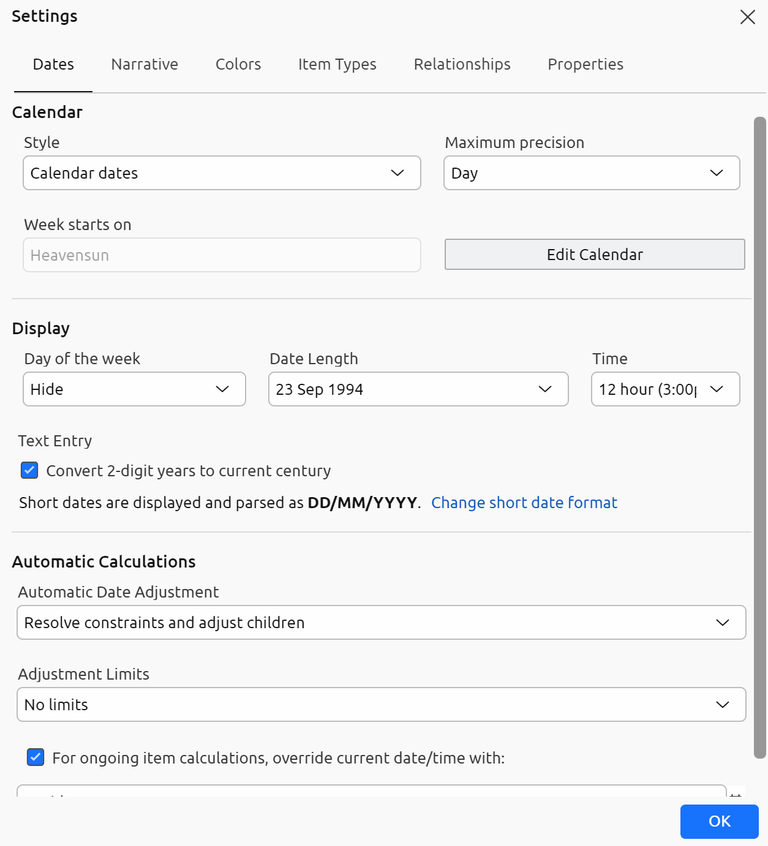
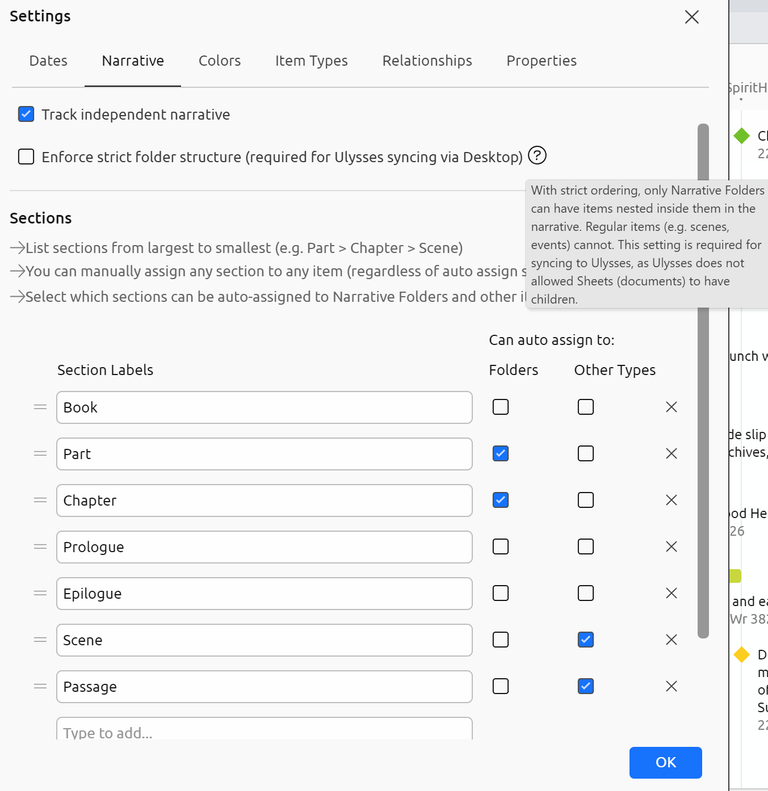
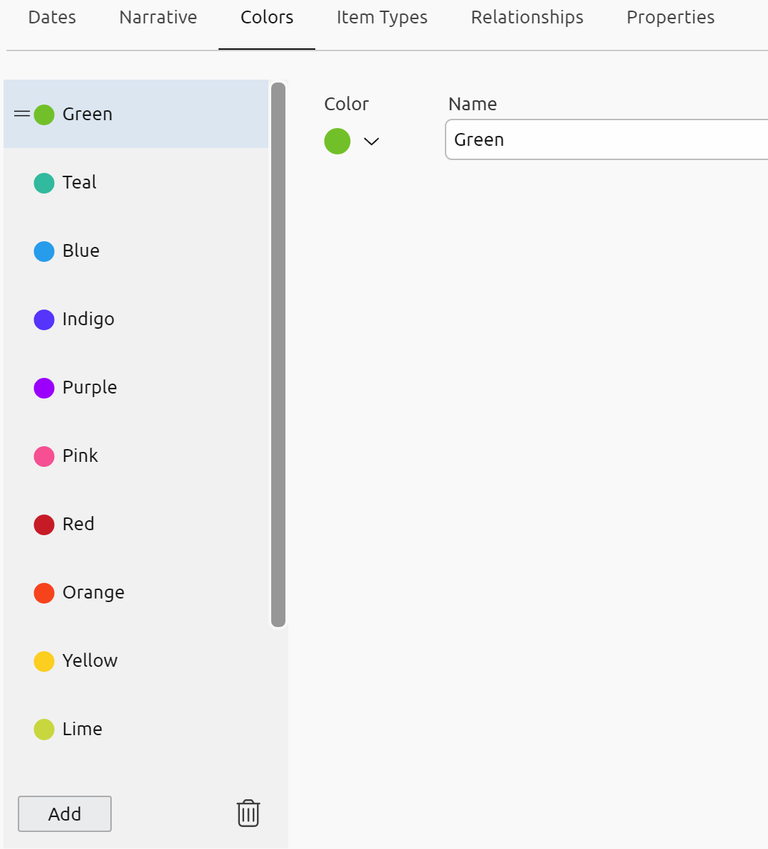
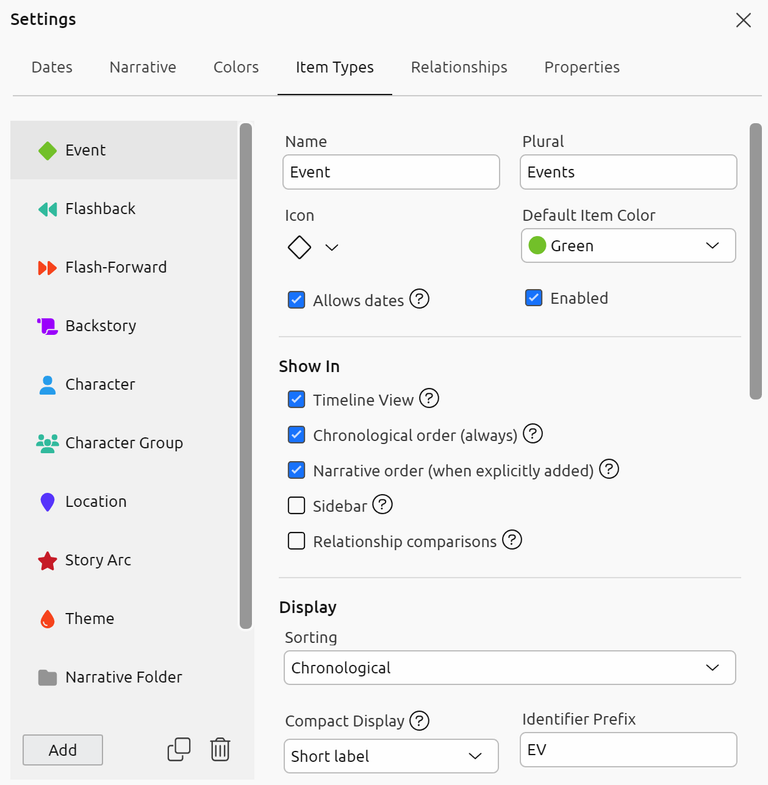
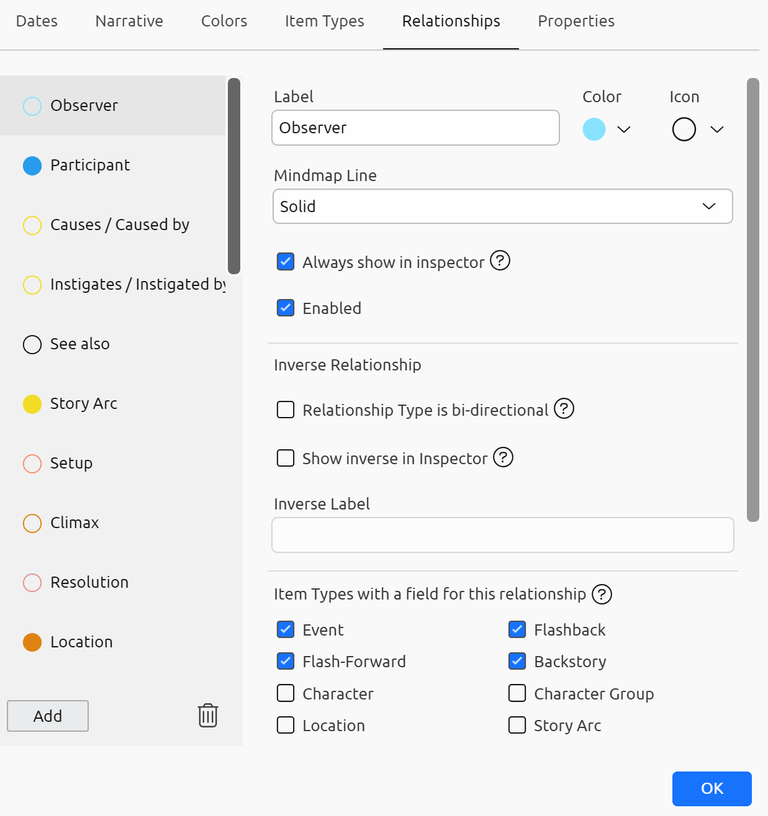
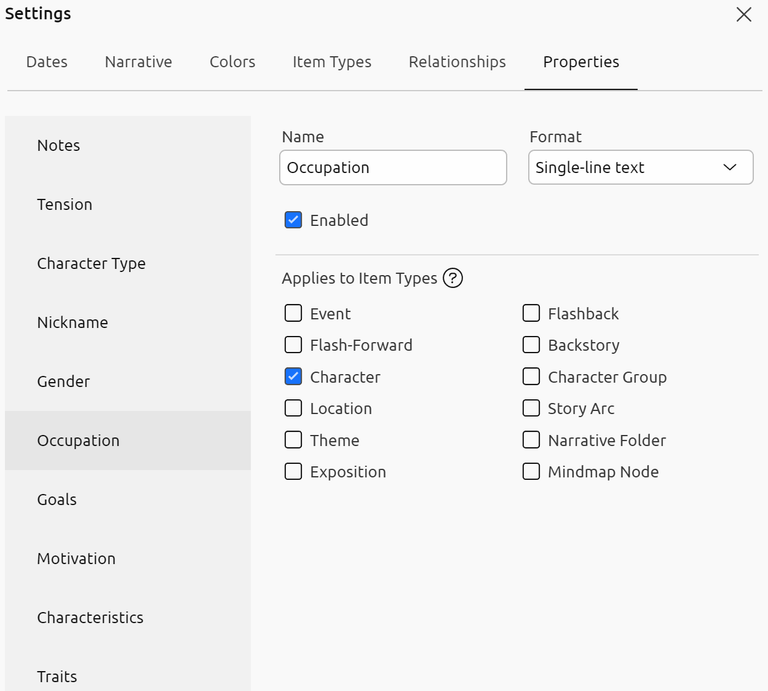
There's seven different view modes, I've set a few 'splits' to show one timeline in three of those modes: Left is Subway, the top right is the default Timeline, and the Spreadsheet view below that. The other modes are Relationship, Narrative, Outline and Mindmap.
You could have two, three, more views of Timeline and also filter for different characters, groups, location even to see a given person/group/thing's sequence of events laid out against others' timelines for easy comparison. Or you can have the same stuff in multiple modes at once if that helps. Add different filters to those different modes, for extra granularity. Or just have one view on the go at once and no filters and hit those top mode buttons to swap freely between them as you go!
That's what I've been doing, so far. I've been sitting in the Timeline mode stringing together sequences of events. I haven't really added much new info to this except for events like Meishen's tutorial sessions which will have been taking place in the background, the regular markets and things. This has been great for seeing how the background routine any student and also any township might have will line up against Meishen's actions and what's been happening in her life specifically.
Going back through PF to put Meishen's story so far into sequence properly has resulted in at least one minor text change to the story text so far. I wouldn't be surprised if there are maybe one or two more minor changes to come as I nail down more details, but the biggest changes have been in background worldbuilding that hasn't been brought up in the story yet. Things like some ages, birthdays etc. You'll notice Meishen now has a Sect start date according to the Spreadsheet view up above here, for example.
You might also notice the one, key, critical feature that will drive my decision to retain Aeon once my trial period runs out:
Custom. Calendar.
That's right, none of this Georgian dates nonsense. No awkwardly trying to lay out a 15-month and 5 bonus days calendar against a mere 12 months with no interstitial days and a week the wrong length...
When you have a new, untouched timeline you can edit the calendar at the most basic level: How many days in a week (or just a 'day' because you have no weeks?), how many weeks in any given month, how many months in a year? And what day did your week start with, again?
What eras do you have to work with? Real world calendar eras being things like BCE and CE. But maybe you don't want two eras and that counting down/counting up switch where one era ends and the other starts from 0. Maybe you want several varying eras running sequentially á la Chinese dynasties, lots of shorter eras like Japan's 'XYZ Periods' named after reigning emperors?
You can even set leap years. No leap years. Frequent leap years. Go wild even with leap years in X era but not Y or Z. Leap years in X every 3 years, but in W every 5 years but not on the 50s except the 500's do still get leap years.
Hours per day? Change that if you want.
The only thing it can't currently handle (but which as been requested on the Aeon forums as a new feature) is interstitial days that don't count as a regular weekday. That's why I have to go by the number and not the Timeline view days-of-the-week at the top of the screen when I'm working in that view.
Go check Maps and References for the annual calendar and you'll see every Spiritsun is a multiple of 8, every Riversun is the 2nd, 10th or 18th of the month. The Heavenly -sun days are not numbered days of the month, they sit between the phases and aren't part of that 8-day set.
Yes, the new calendar and bits on Maps & Refs came about because of Aeon and my timeline work. Hush.
But Aeon can't handle that right now so each each Heavenly -sun is instead set as a one-day month between the normal Lower/Middle/Upper -span months, and each Heavenly -sun 'month's' single day is otherwise a normal day of the week. This keeps the right number of days in a month and all that but it also means that every phase shifts the Aeon count out by one more day of the week because between each phase is a day that's not a day of the week but Aeon has to count it as one.
Thankfully for me, my very regular 8-day week and very regular months mean tracking the day of the week by the date number is easy as pie. 2 UpWtr will always be the first Riversun of the month of Upper Waterspan, 9 LwGls is always the second Heavensun in Lower Goldspan because days 1, 9 and 17 are always a Heavensun and days 2,10, 18 are always a Riversun!
I feel very sorry for anyone attempting a less regular calendar with interstitial days or similar not-week days scattered amidst yes-week days.
The timescale aside, there's a lot of other features in Aeon:
You can choose to set event timings down to the second, the hour, day, week even. You can choose to set ranges within which an event may start or end, set connections called dependencies where thing A happens three days before thing B begins, C occurs between an hour and six hours after B ends...
There's relationship tracking, location tracking, add your own relationship types even. Track locations, groups, observers and participants. And adding A as B's friend, then A as C's friend means both B and C will be updated to show A as a friend if you want. Or set that relationship link as one-way! Connect any two items - characters, groups, events, anything - as being 'related' somehow.
Set events as events, or backstories, flashbacks. Flashforwards! Then set which of these show in your view or not.
Block events from happening during certain other events. Make sure something only happens while another thing occurs. Make sure you don't set that flashback event as happening before the triggering event, or that you don't make present-day encounter X happen when person Y's backstory period is ongoing and they aren't even in the same town that event X happens in!
Make sure those things auto-adjust to maintain those blocks and dependencies, or set some to auto-update and others to manual-only checks.
You can customise so much of the background properties and options too, from the relationships that you can tag things with, the the things themselves! Need to track the time of, idk, conversations as their own thing and not just events? Make a 'Convo' item and you're good to go. Set it to be subject to chronological order or not, show up in Timeline view or not, be something that can have relationship tags or not, give it a default colour, an icon and all of that.
Add colours to the default selection, or remove them. Add a 'nerd' property to track which people get shoved in lockers at school. Add a 'bully/victim' relationship to track who did the shoving, then a 'Locker' item to pepper over your timeline for each occurrence of such treatment!
The one system I've not spoken about here is the narrative tracking.
As the caption under the screenshot says, you can track events and items etc. within your narrative but you can also track the narrative itself. This can be simple, like what scene is X event taking place during? Or more complicated if you want it to be. You can track narrative tension, even! This narrative tracking can be useful in showing scene/chapter splits but if you have lots of flashbacks, flashforwards, different timelines even or events in multiple time periods you might find it very helpful indeed to be able to track all that chronological chaos in narrative order!
Keep your narrative data up to scratch and you can lay all your chronology out and then switch views or filters/groups/etc. to show the same stuff in story-telling order instead. There you go, now you know you revealed Criminal A's sob story background before you showed Cop B how lost their partner twenty years ago, but after mentioning that Cop B vowed to never spare another crook ever again. So Cop B is obviously going to do something mean here. Obviously. That sob story can now be trumped by tragic-loss-story in a new chapter and it'll be perfectly justified!
I've not played around with the deep guts of 'Narrative' yet. Maybe I should because it's getting harder to remember which Part (and thereby which Pomera file) contains which bit of story.
The other side of that system though is that Aeon can sync up with Scrivener or Ulysses!
That's where your tracking narrative and chronology can tie directly into your writing - Aeon tracks ordering however you like and tagging events and stuff, then your writing platform of choice has all that info fed in and can even set up scenes/chapters/empty sheets of digital paper according to all the different scenes/chapters/events/Locker items you have in your timeline!
This I haven't touched, I haven't even looked at linking my Scrivener and Aeon. I write on my Pomera, edit a little on there, then keep it all in Scrivener after that is done to compile from .txt with some markdown styling over to a fully formatted .rtf file that I can copy out of and into Publii (and sometimes extra editing happens here lol). Scrivener isn't the point in that keyboard-to-site process where I can use the power of Aeon-Scriv to set scenes up and stuff. Scriv comes into play too far down the line for me! But I'm sure there's a lot of writers who find that a very, very useful feature, so I couldn't leave it unmentioned.
Damn.
This is a long post.
In case it's not obvious, Aeon is a very comprehensive package! For a one-time price, it's a lot of bang for your buck in that sense. And if you want in on an update after your included year of support, you can just buy a single more year then. You don't have to maintain the updates, you can let that drop off, and pick it back up when you want some new feature or something. I appreciate that kind of flexibility in software now, when so many other timeline-worldbuilding-writing-whatever packages are now subscription based or freemium services or online-only webapp things.
I like a good old desktop programme. Aeon might need to go online to verify your license initially and grab updates, but it's otherwise offline-capable and it sits on your machine that's in your home where you live and it can't run off to anywhere far!
In the small-developer-made software world of today, that kind of thing is getting harder to find, let alone with a programme like this that, frankly, blows a lot of the competition out of the water. It reminds me of Serif's Affinity suite, in that sense.
I suspect you know as well as I do that I'll be buying Aeon Timelines at some point. Not right now; I have other things to pay for and still a bit of the trial period to enjoy but at some point, I will put my money where my mouth is. It's a pretty good price for me, in my eyes, to pay to get access to the software's deep capabilities without needing the lengthy set-up of some ornate spreadsheet contraption or whatever equivalent I could otherwise assemble for free.
How else am I supposed to track how long Meishen has left to work on her next recipe, and how many deliveries she's had in the meantime?! :p

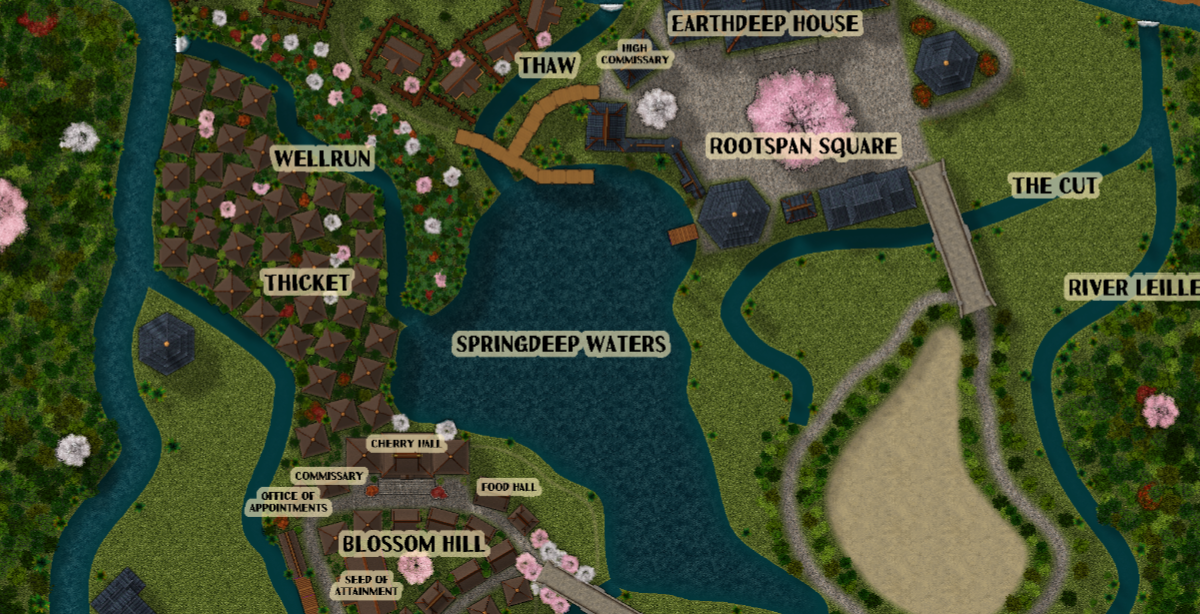
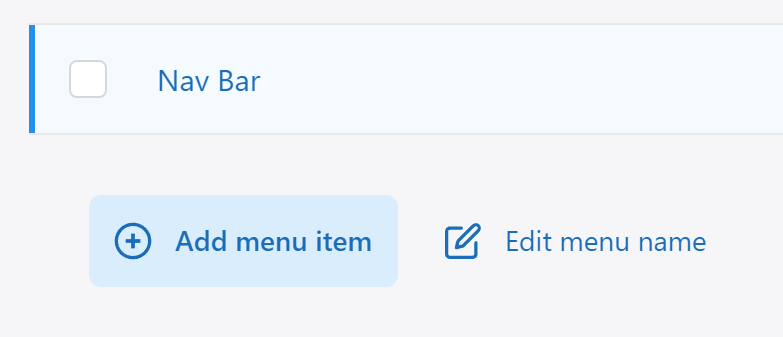


Chatter